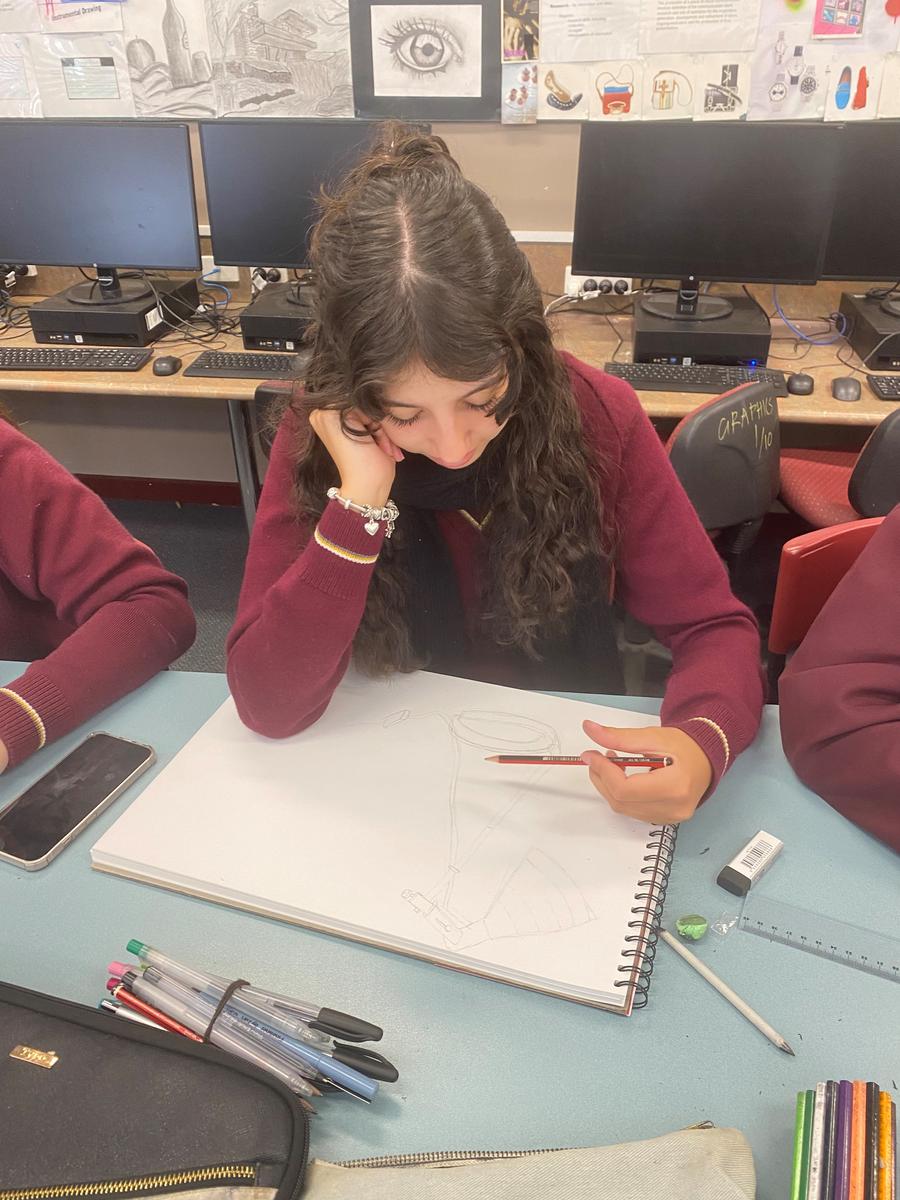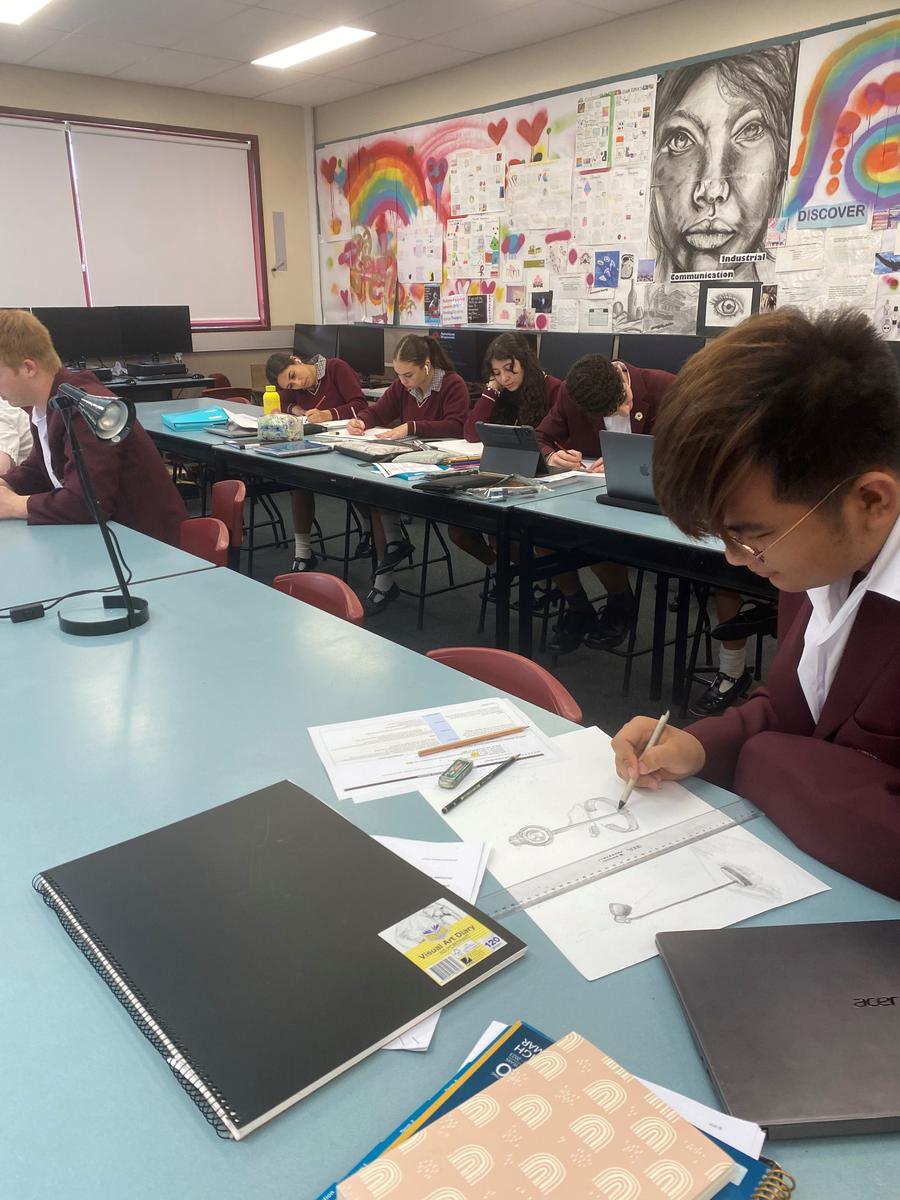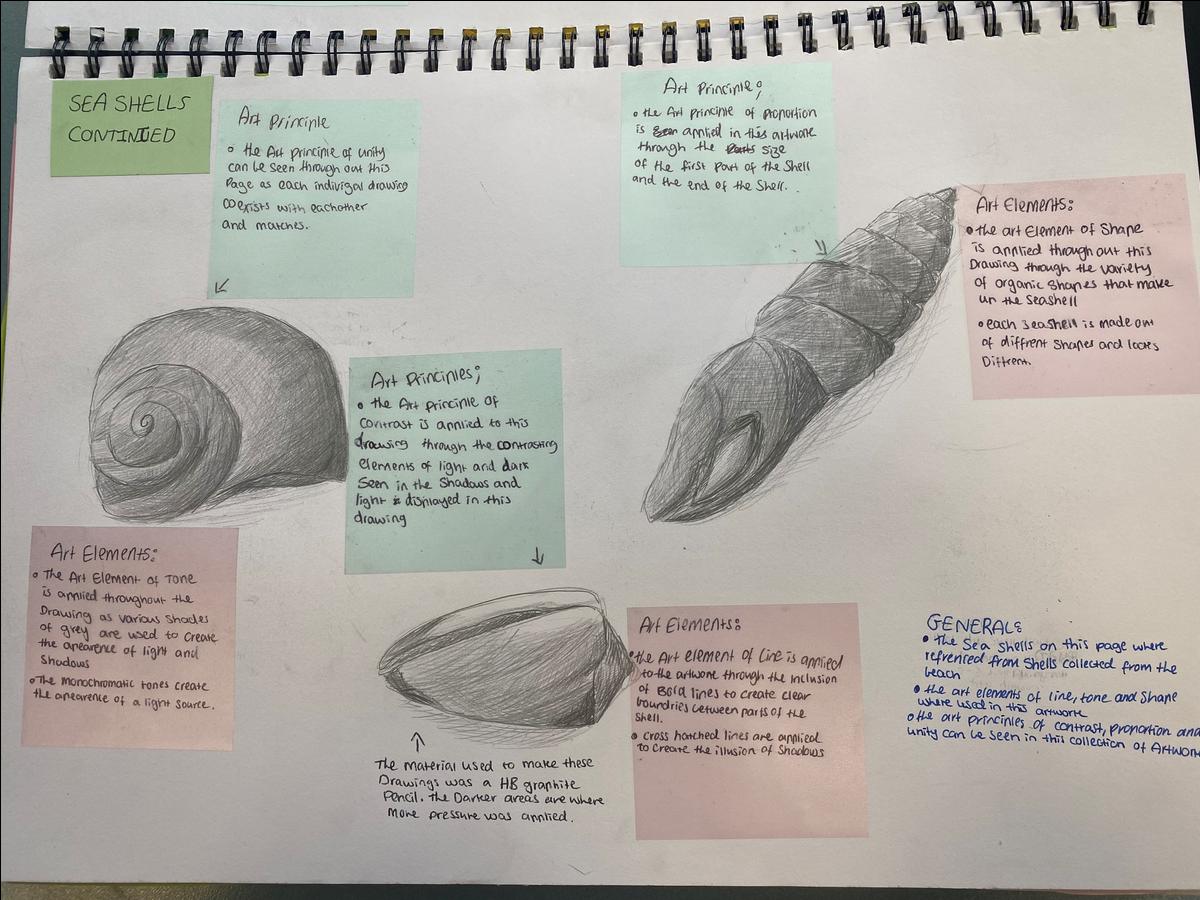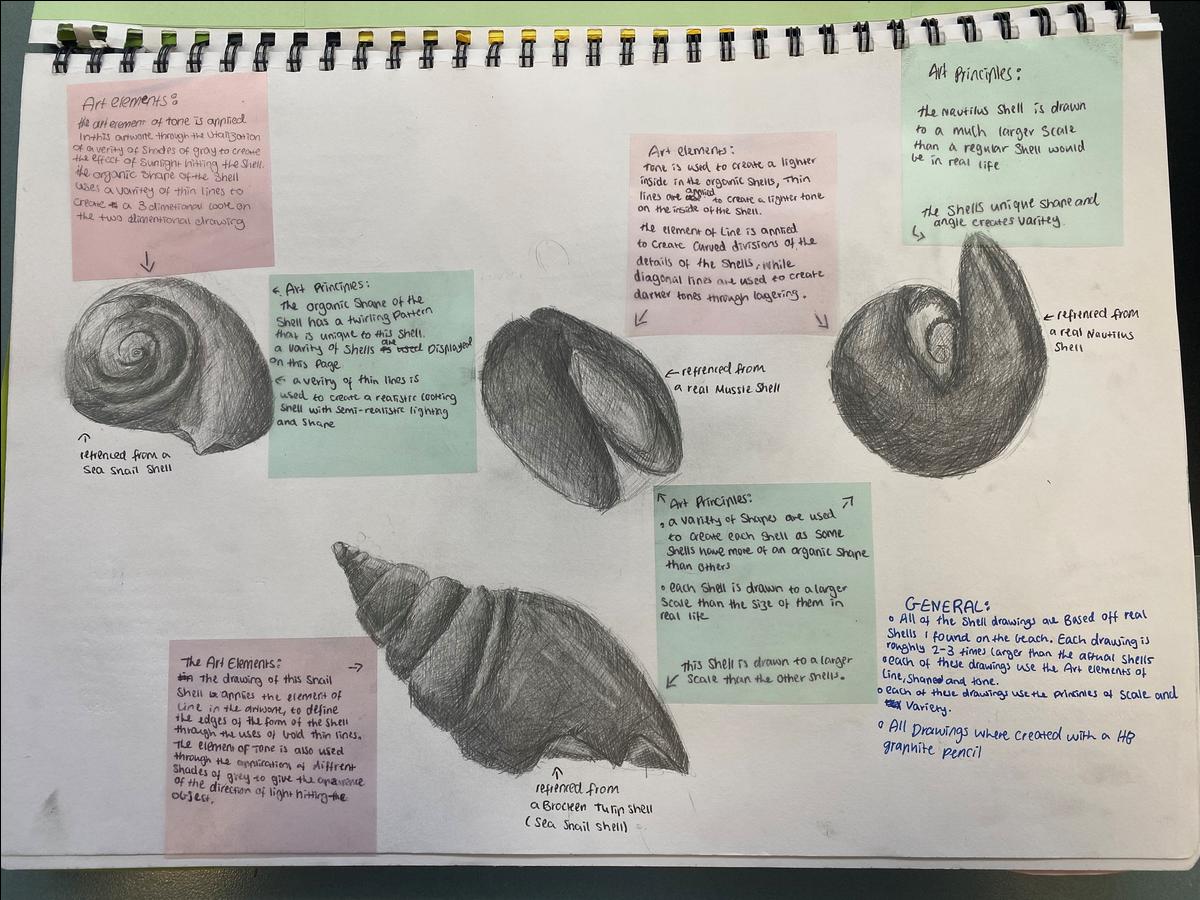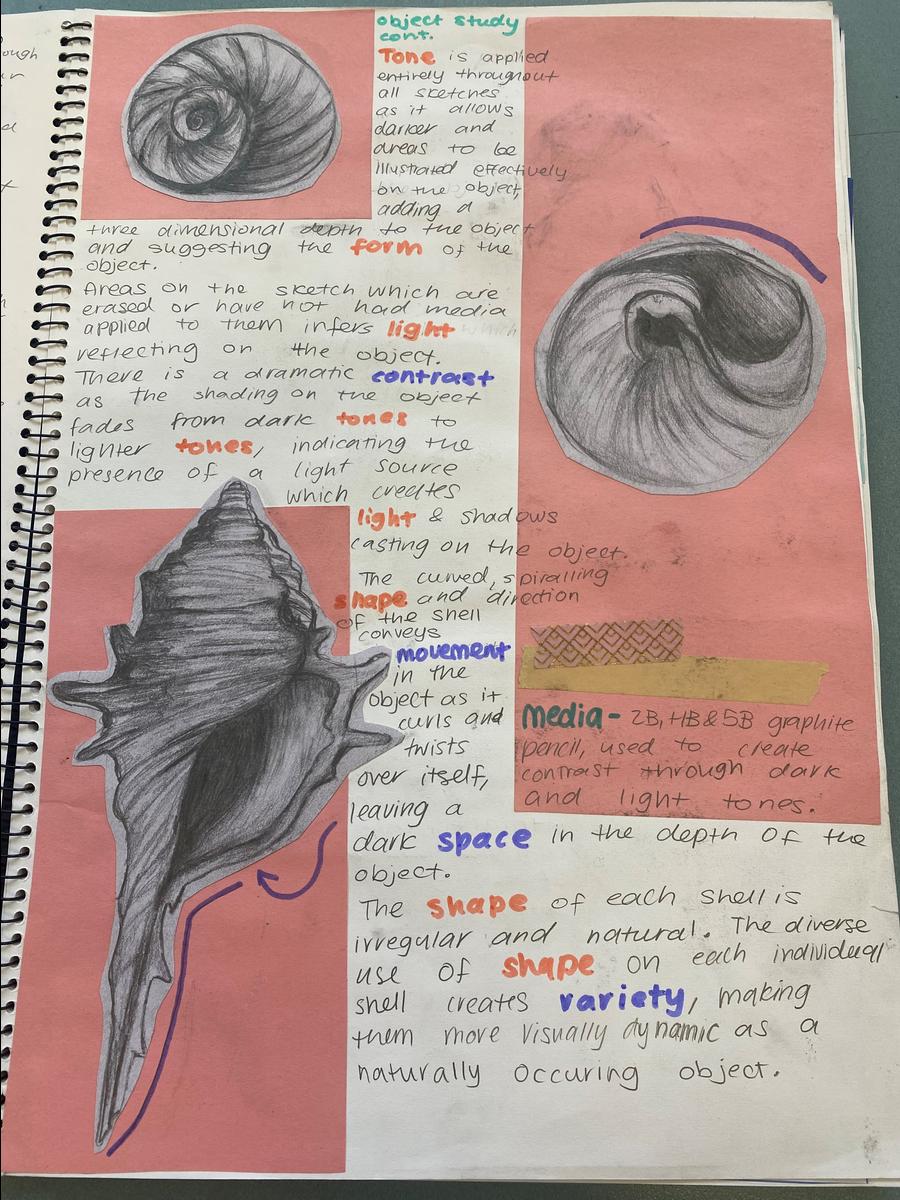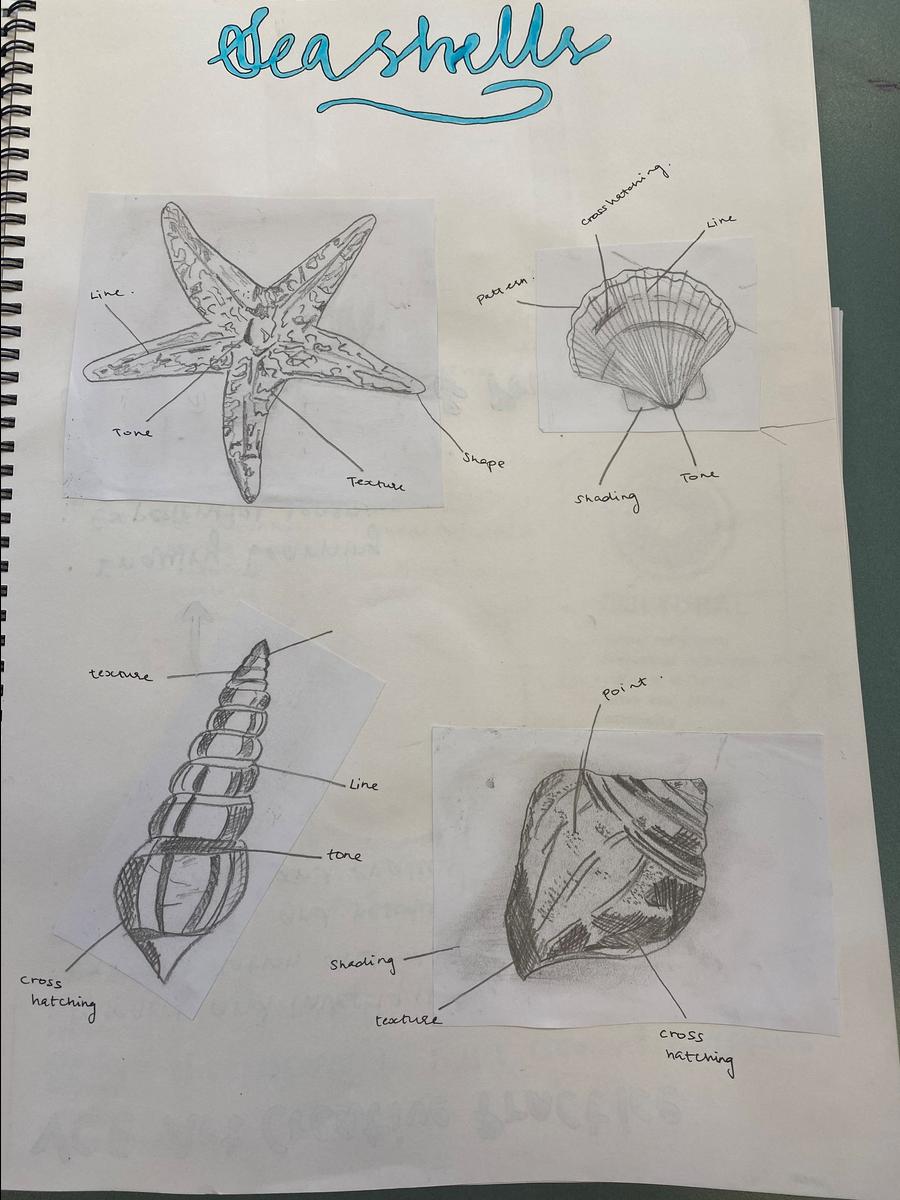The Arts
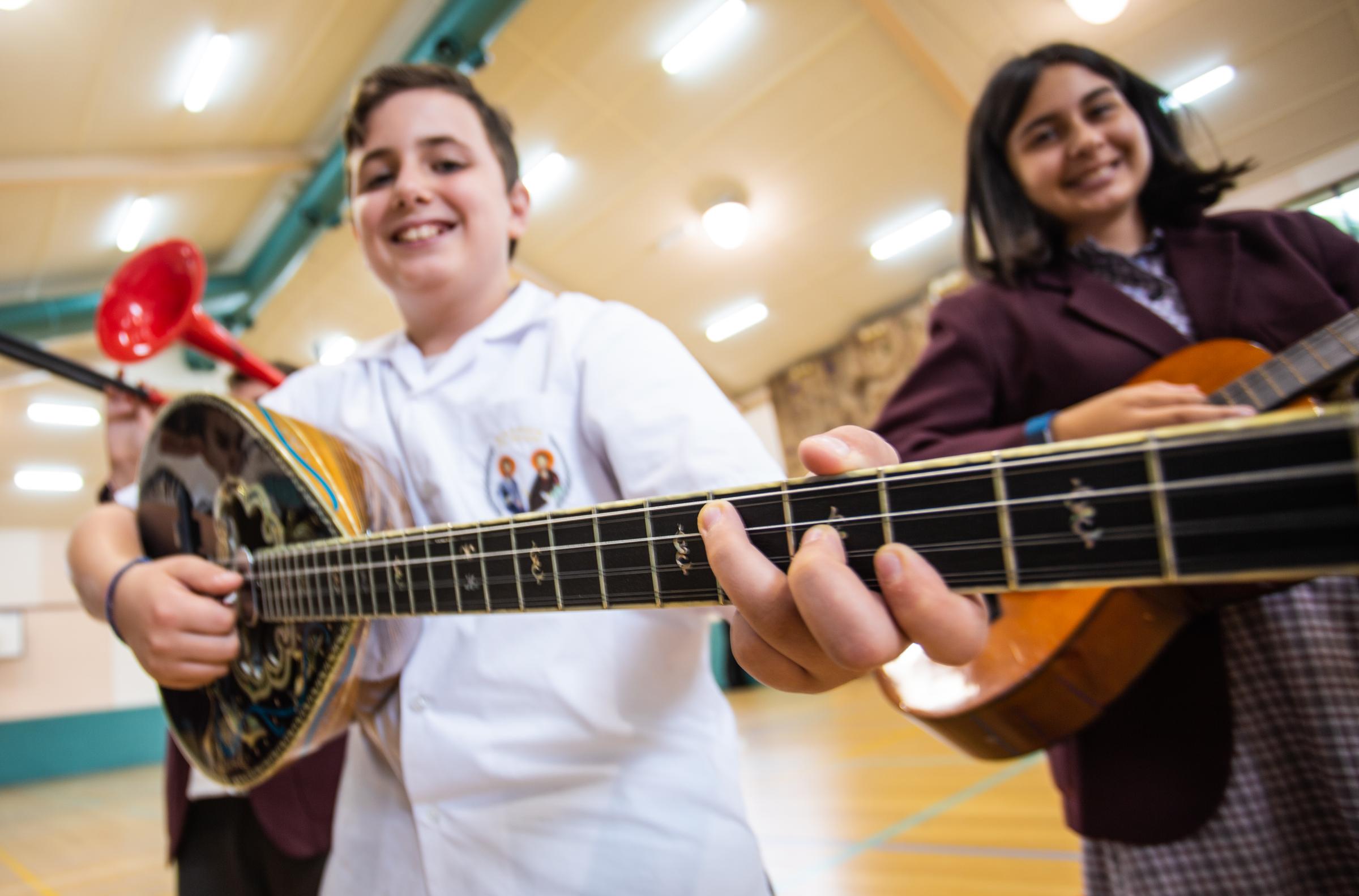
Welcome to the faculty of Arts & Design!
Welcome to the Arts & Design Faculty Newsletter of Oakleigh Grammar! In this edition, we are excited to introduce you to our diverse and talented faculty members who make up the heart of our arts community.
Who we are:
Our Arts & Design Faculty is comprised of a passionate group of educators who are committed to nurturing creativity, fostering critical thinking, and inspiring students to explore and express themselves through a variety of art forms. Our faculty members bring a wealth of experience and expertise from various fields, including Visual Arts, Performing Arts, media, product design, Food Technology, Digital Technologies and Visual Communication Design .
- Michael Jones – Media Teacher
- Inneke Smit – Product Design & Media Teacher
- Marina Kaam – Food Technology Teacher
- Leigh Gridley – Media Teacher
- Emily Halley- Frame (Sacco) – Visual Arts and Visual Communication Design Teacher
- Helena Scarlata - Visual Arts and Visual Communication Design Teacher
- Vibha Tripathi – JS Visual Arts Teacher
- Rebecca Bettiol – JS Performing Arts Teacher
- Nick Karakottas – Performing Arts, Drama and Theatre Studies Teacher
- Peter Akbiyik – Digital Technologies, Applied Computing and Data Analytics Teacher
We are proud to have such a talented and dedicated team of educators who are committed to providing our students with a well-rounded education in the arts.
What are the areas of Arts and Design in the Australian Curriculum:
As technology continues to advance and play an increasingly significant role in our lives, it's crucial that we do not overlook the importance of the arts in education. The Australian Curriculum recognizes the essential role that both the arts and technology play in a student's education and has integrated them in the curriculum as core learning areas.
The Arts are a crucial part of the Australian Curriculum and are structured around five core areas: Dance, Drama, Media Arts, Music, and Visual Arts. Each of these disciplines provides students with a unique way to engage with the world and express themselves creatively. By studying the arts, students learn to appreciate the value of creative expression, understand the role of the arts in society, and develop their own artistic abilities. At Oakleigh Grammar students study Dance, Drama and Music under the umbrella of the Performing Arts.
The arts also provide a platform for students to develop essential skills that can be transferred across various disciplines. For example, students who study music learn to read and interpret sheet music, which can also help them in their understanding of mathematical concepts. Similarly, drama can help students develop their communication skills and the ability to work collaboratively with others.
On the other hand, technology is also a vital component of the Australian Curriculum, with a dedicated Digital Technologies learning area. Digital Technologies encompasses both computational thinking and information systems, which allows students to develop the skills and knowledge needed to succeed in a rapidly evolving digital world. By studying Digital Technologies, students learn to think critically, develop problem-solving skills, and understand the role of technology in our society. At Oakleigh Grammar we offer Food Technology, Visual Communication Design, Product Design and Digital Technologies as part of the Design areas.
In recent years, there has been a growing recognition of the potential for technology and the arts to work together, and the Australian Curriculum reflects this trend. For instance, students may use digital media to enhance their artistic projects, or use technology to compose, record and produce music. This integration of the arts and technology encourages students to think outside the box and explore new and innovative ways of expression.
Overall, the arts and technology are essential components of the Australian Curriculum, and the integration of the two offers students a broad range of learning opportunities. The study of the arts teaches students the importance of creative expression and helps to develop a range of transferable skills, while the study of Digital Technologies equips students with the knowledge and skills required to thrive in a rapidly evolving digital world. The integration of the two offers students an exciting opportunity to explore new and innovative ways of expressing themselves creatively, encouraging them to think outside the box and develop the skills needed to succeed in the 21st century.
Arts & Design om The Middle Years Programme (MYP)
The Middle Years Programme (MYP) is a comprehensive educational program for students aged 11 to 16 that is offered by the International Baccalaureate (IB) organization. The MYP is designed to help students develop critical thinking skills, creativity, and a deep understanding of the world around them. Two important areas of the MYP curriculum that play a key role in achieving these goals are the arts and design.
The arts in the MYP are divided into many areas. Through these disciplines, students are encouraged to explore their creativity, develop their artistic abilities, and learn how to express themselves in different ways. The arts are a powerful way for students to explore their emotions, their culture, and their identity. By studying the arts, students develop a wide range of skills, including communication, problem-solving, critical thinking, and collaboration.
Similarly, the design area in the MYP curriculum allows students to explore their creativity and develop their design thinking skills. Students learn how to solve problems, identify user needs, and create products and services that are functional, attractive, and easy to use. Through design projects, students learn how to work collaboratively, develop critical thinking skills, and gain a better understanding of the design process.
One of the strengths of the MYP is the way it integrates different areas of the curriculum. For example, students may use design thinking to solve a problem in a science class, or use artistic skills to create a project in a social studies class. By integrating the arts and design into the MYP, students gain a deeper understanding of the subjects they are studying, and they learn how to approach problems in creative and innovative ways.
The MYP also places a strong emphasis on the development of personal and social skills. Through the arts and design, students learn how to communicate effectively, work collaboratively, and show empathy and respect for others. These skills are critical in today's world, where collaboration and teamwork are essential for success in any field.
In conclusion, the arts and design areas are essential components of the MYP curriculum. Through the arts, students develop their creativity, communication skills, and ability to express themselves. Through design, students develop their problem-solving skills, creativity, and ability to work collaboratively. The integration of these areas into the MYP helps students gain a deeper understanding of the subjects they are studying, and prepares them for success in a global world.
VCE Pathways: The Victorian Certificate of Education (VCE) provides students in Victoria, Australia, with the opportunity to study a wide range of subjects, including The Arts and Design/Technologies. These areas of study offer students an opportunity to explore their creativity and develop skills that can be applied to a variety of fields.
In The Arts, students can choose to study subjects such as visual arts, drama, music, or media. These subjects provide students with the opportunity to express themselves creatively and develop their artistic skills. By studying The Arts in VCE, students develop a range of skills that are essential for success in any field, including critical thinking, problem-solving, and communication.
In Design/Technologies, students can choose to study subjects such as product design, digital technologies, or systems engineering. These subjects teach students how to think creatively and develop solutions to real-world problems. By studying Design/Technologies in VCE, students learn how to design and create products, understand the role of technology in society, and develop critical thinking and problem-solving skills.
VCE pathways in The Arts and Design/Technologies provide students with a range of options for further study and career pathways. Students can choose to study courses such as art and design, architecture, engineering, or multimedia. These courses prepare students for careers in a variety of fields, including advertising, graphic design, film and television, and product design.
In addition to traditional pathways, VCE students in The Arts and Design/Technologies can also choose to pursue careers in emerging industries such as video game design, app development, and digital marketing. The skills and knowledge gained through studying these subjects in VCE provide a strong foundation for success in these exciting and rapidly evolving fields.
In conclusion, VCE pathways in The Arts and Design/Technologies provide students with a wealth of opportunities for further study and career pathways. By developing their creative and critical thinking skills, students are well prepared for success in any field they choose to pursue. Whether it's pursuing a traditional career in art and design or exploring emerging industries, VCE students in The Arts and Design/Technologies are well positioned for success in the 21st century.
Instrumental ProgramOakleigh Grammar outsources Instrumental Music Teachers to provide students with the opportunity to take part in weekly private or small group lessons. The following instruments are available in 2023:
ABC Program: Piano/Keyboard Flute Saxophone | Juniors: Prep – 3 / Years 4 & 5 Drums/percussion Trumpet Voice/singing | (Some classes available for MS students) Clarinet Guitar |
| ||
TEACHERS Drums/Percussion: Scott Barton - scottbarton12@gmail.com - 0418 330 407 Piano/Keyboard: Regina Grace - reginagrace0603@gmail.com - 0419 373 420 ABC program, Flute, Saxophone, Clarinet, Trumpet, Piano/Keyboard, Acoustic Guitar, Ukulele: Marianne Wright - mwrightsmusic@gmail.com - 0409 125 464 Voice/Singing, Piano: Tamzyn Alexander - tamzyn91@hotmail.com - 0456 755 819 Guitar: Paul Varone - pvarone1@bigpond.com - 0411 123 655 | |||||
ENROLING YOUR CHILD
If you would like to enrol or re-enrol your child, please take the following steps:
Step 1: Read the Conditions of Enrolment (see letter sent out to parents and families) and retain them for future reference. These terms and conditions (including lesson rates) may be updated from time to time and will be re-sent if this is the case.
Step 2: Contact the relevant teacher by email or phone to discuss enrolment, payment details, or any other enquiries that you may have (Please see Teacher details overleaf).
Step 3: Complete both sides of the application form sent in the letter to parents about the Instrumental Classes program. Return the application to the Front Office if you wish to enrol your child in the Instrumental Music Program.
Concluding:
We look forward to another creative year in the Arts & Design areas and will update you on all the exciting learning happening across the school. For any queries, please email the relevant teachers or our Learning and Academic Leader, Mr Nick Karakottas at nkarakotas@oakleighgrammar.vic.edu.au .
Nick Karakottas
Middle School Arts Learning Leader
VCE Arts Academic Leader
The Year 12 Visual Communication and Design
The Year 12 Visual Communication and Design students have begun working towards their first Outcome for unit 3: Industrial design, where they are designing their own ‘Balinese’ inspired lamp for a Balinese-styled villa. Here students are drawing from observation of lamps placed around the VCD room. Students are rendering their lamps using various HB pencils and smudging stumps to create a 3D effect, along with shadows and light reflections on the lamp.
The year 12 Art: Creative Practice students have begun working on their School-Assessed Task for 2023. Students have drawn seashells through observation over the school holidays from their beach visit and are now researching an artist of their choice for further analysis and exploration, as part of their SAT. Students will present their work to the class (in the form of a critique) for further investigation and into their chosen artists’ practice.
Kind regards
The Arts and Design Teaching Team



